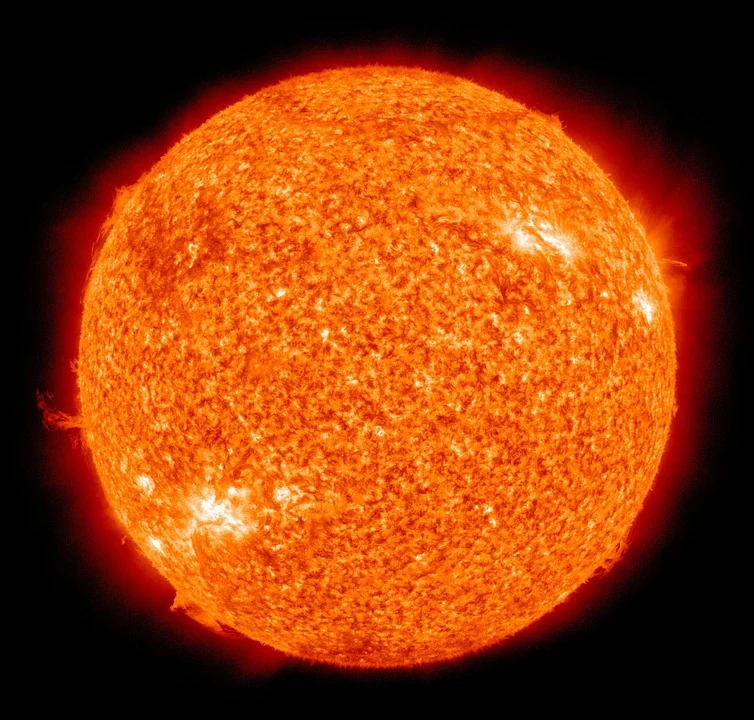During its quest to better comprehend our sun, the Daniel K. Inouye Solar Telescope (DKIST) is launching its first active scientific work as part of its first operational science phase.
DKIST is a roughly $300 million scientific observatory built atop Mount Haleakala in Maui, Hawaii, at an elevation of 10,062 feet (3,067 meters). In particular, one of its primary missions will be to investigate the sun’s corona, which is an extremely hot outer atmosphere being millions of degrees hotter compared to the surface.
The very first experiment will look at the phenomenon known as “magnetic reconnection,” which occurs whenever the magnetic fields of the sun rapidly rearrange and cause jets of high-temperature gas (or plasma) to erupt from the solar atmosphere.
High-resolution photographs and observations of the magnetic fields of solar events, such as sunspot activity, solar flares, as well as coronal mass ejections, according to the National Science Foundation, will be obtained by DKIST in collaboration with a variety of other observatories and spacecraft. Coronal mass ejections (CMEs) are solar-generated blasts of charged particles that, if they are directed towards Earth, may cause transmission lines as well as satellite services to go down.
The operating phase will last around one year, during which time essential systems will be brought online, and scientists will be able to make measurements with “shared risk” in the event that technical difficulties arise that must be resolved along the way.
Because of the coronavirus epidemic, the telescope’s “first light” was delayed until 2020, resulting in an 18-month slowdown in the completion of construction.
Distinctive characteristics of the telescope include a main mirror of 4 meters (13 feet) in diameter, which is combined with modern adaptive optics to compensate for atmospheric disturbances. In addition, the telescope’s optics are actively cooled to protect them from the effects of solar heat.













Leave a Reply